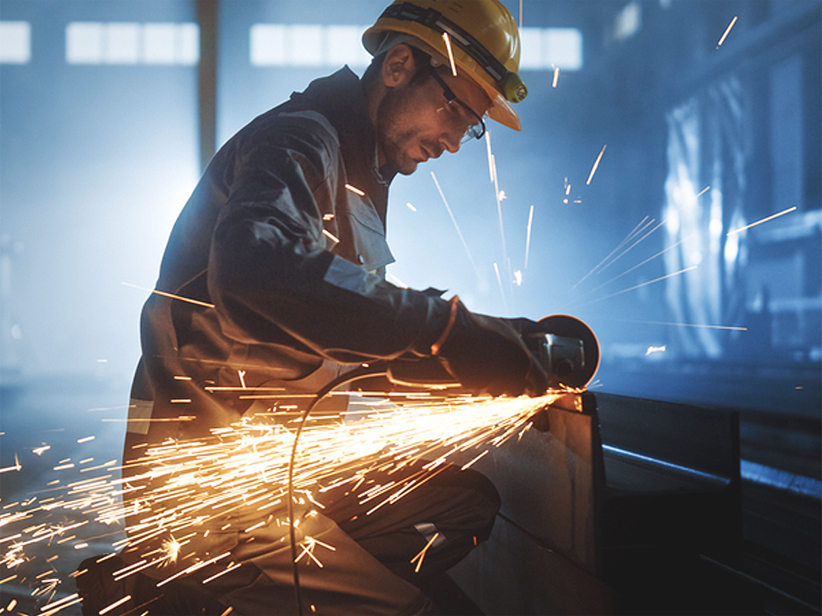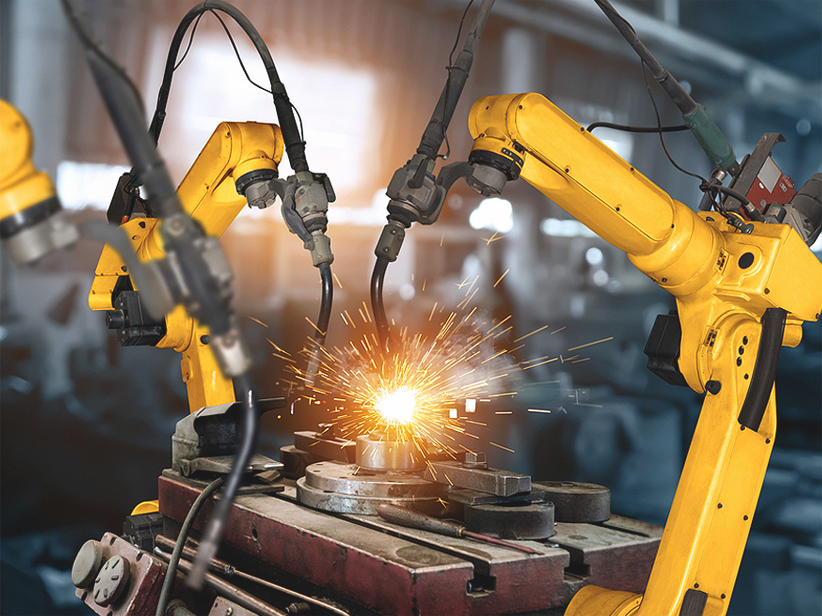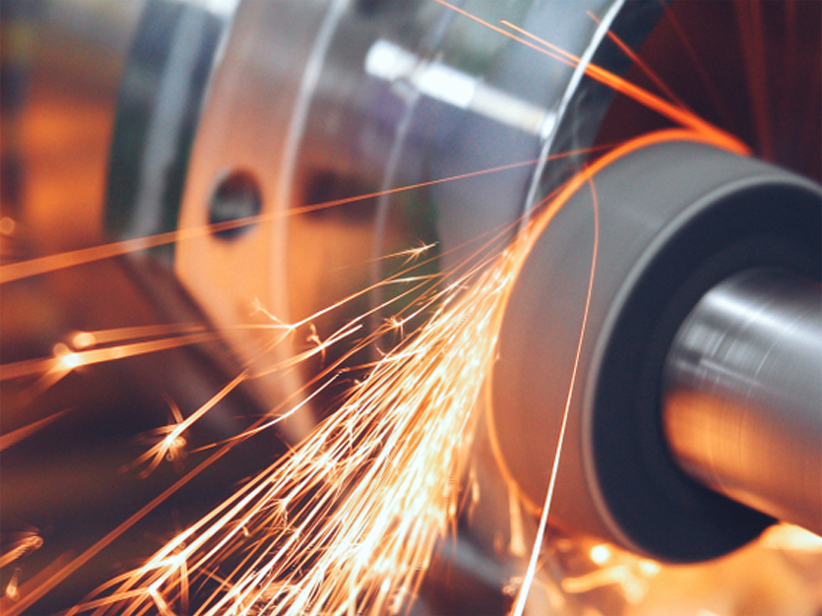Description
Stainless Steel Grade 309L/1.4833 is a low-carbon austenitic stainless steel known for its high corrosion resistance and excellent oxidation resistance at elevated temperatures. The lower carbon content reduces carbide precipitation, enhancing weldability and maintaining the alloy's properties after welding. This makes 309L suitable for high-temperature applications, including those involving exposure to sulfuric acid and other aggressive environments.
Chemical Composition
Chromium (Cr): 22.0 - 24.0%
Nickel (Ni): 12.0 - 15.0%
Molybdenum (Mo): 2.0 - 3.0%
Manganese (Mn): ≤ 2.0%
Silicon (Si): ≤ 1.0%
Nitrogen (N): ≤ 0.10%
Carbon (C): ≤ 0.03%
Phosphorus (P): Balance
Sulfur (S): ≤ 0.030%
Mechanical Properties
Tensile Strength: 620 MPa (min)
Yield Strength (0.2% offset): 310 MPa (min)
Elongation: 40% (in 50mm)
Hardness: 150 HB (Brinell Hardness)
Thermal & Physical Properties
Density: 7.90 g/cm³
Melting Point: 1400 - 1450°C
Specific Heat: 500 J/kg•K
Thermal Conductivity: 15 W/m•K at 100°C
Electrical Resistivity: 0.85 µΩ•m at 20°C
Coefficient of Thermal Expansion: 16.0 µm/m•°C (20-100°C)
Other Designations
UNS: S30983
EN: 1.4828
Fabrication and Heat Treatment
Cold Working: 309LMO can be cold worked to enhance its strength and hardness. Cold working should be followed by an annealing process to restore ductility.
Hot Working: Recommended temperature range is 900-1200°C. Hot working should be followed by rapid cooling to maintain the corrosion resistance.
Welding: Excellent weldability using all standard welding techniques. Post-weld annealing is recommended to maintain corrosion resistance.
Heat Treatment: Annealing should be performed at 1038-1121°C followed by rapid cooling. This process helps to achieve maximum corrosion resistance and ductility.
Applications
Chemical Processing: Equipment exposed to severe environments.
Petrochemical: Components exposed to high temperatures and corrosive environments.
Power Generation: Boilers, heat exchangers, and superheater tubes.
Furnace Parts: Parts exposed to high temperatures, such as burner nozzles, retorts, and conveyor belts.
Marine: Components exposed to seawater and harsh marine environments.
Supplied Forms
Bars
Wires
Features
High Temperature Resistance: Retains strength and resists oxidation at high temperatures.
Corrosion Resistance: Excellent resistance to pitting and crevice corrosion due to molybdenum content.
Oxidation Resistance: Resists oxidation and carburization at elevated temperatures.
Good Ductility: Maintains good ductility and toughness even at cryogenic temperatures.
Versatile Fabrication Easy to fabricate and weld using standard techniques.






